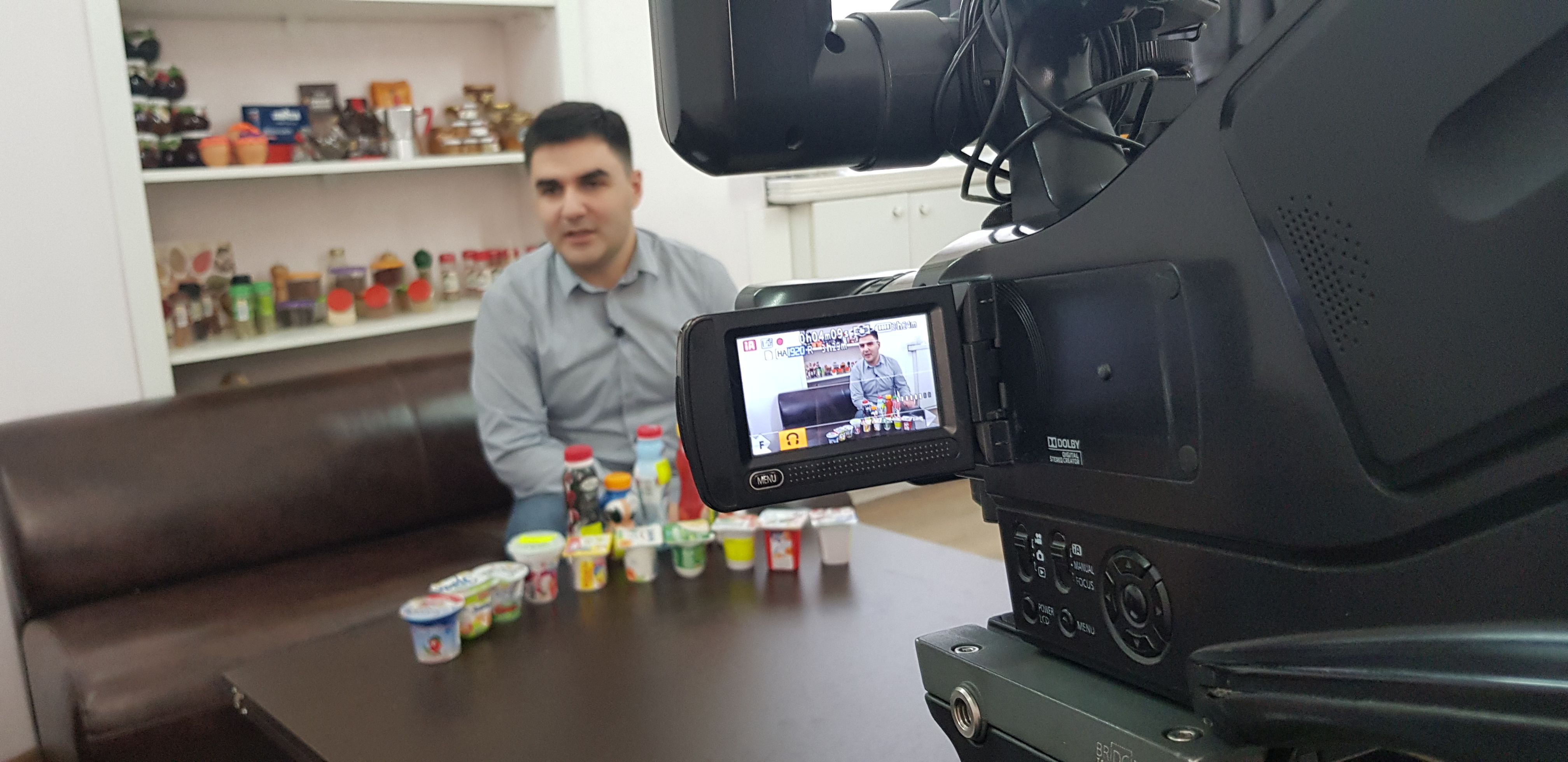The overwhelming majority of consumers in Armenia believe that there is a link between food quality, safety and human health.
This conclusion came from the researchers at the Analytical-Information Center for Food Chain Risks Assessment ecocenter NAS RA, summarizing the results of their nearly year-long research.
As a rule, food safety is of interest to mothers who have small children, as well as women over the age of 40.
Though the income of people is still not high in Armenia and the main factor in the choice of food is the price, the quality of food and safety still worries a growing number of consumers.
And of course, media outlets play an important role.
When discussing the wheat flour enrichment program in 2014, where media representatives were invited, I did not know journalists covering the field, and they themselves didn’t know me, as I had been out of the country for several years.
Five years later, I cannot imagine my daily work without media, as modern food analysis is classified as a series of science-oriented challenge.
Therefore, knowingly and transparently providing information in the food safety area (risk communication) has an important role for the development of the industry.
The modern society is changing, but the preferred source of information in Armenia is still TV and radio in the food industry (also taking into account the targeted interest groups). Of course, younger age groups are also using electronic newspapers, online TV channels and blogs.
According to the dictation of the time, the problem facing contemporary scientists is changing, and the dissemination of information is important.
If in the past more importance was placed on the number of published article and the quality, then in this case, the number of views, the source of the research result etc.
Intentionally or unintentionally, the goals of science and the media complement each other, because both parties are responsible for the quality of the final product.
Unfortunately, few people imagine how much effort, energy and time are spent to shoot a program that lasts a few minutes.
When I started to take my first steps in this field, at the end of the day I wa in a semi-exhausted state, and I thought this was the most complicated part of our work. Many years ago, it never crossed my mind that I would like to choose the international conference for risk communication or food security, media and public relations and present Armenia’s experience.
Yes, yes. Do not be surprised, but the advanced experience is because for years, the press has been able to raise a number of issues of concern to society in this field and in the cases of consistent work, to reach many successes.
I work at the National Academy of Sciences, the lights of the Analytical-Information Center for Food Chain Risks Assessment ecocenter are bright even during non-working hours. And it’s strange, but most of us are interested in the news media. There were many days when several newsgroup had to be filmed in the same hall.
Programs on various topics, from GUM market issues, to smuggled foods like Azeri apples, have become the most intriguing materials. This means that interest in the industry is growing, and the media should be proud to remember the successes it has made when in a number of cases the representatives of the authorized body had been forced to work until the middle of the night.
It is no coincidence that in the world today, in the field of food safety, the institute of general responsibility is functioning, where the producer and the state controller has as much right as the scientists, mass media and non-governmental organizations.
It should also be remembered that nutritional and food safety issues have been solved by coercion mechanisms in no country. An appropriate atmosphere of confidence is only created by providing accurate information.
I would like to finish with an interesting story. I asked one of my favorite food rights professor if he did not think that a fine of 6,000 euros for this violation was not enough of a sanction. He smiled gently and replied, “Don’t worry, we are punishing them strictly because the information of the violation is provided to the media.”
In 2012, I did not understand his words, and I asked twice whether or no this was related to sanctions. The professor replied, “their sales volume will decline so much that they will never violate the code again.” It has been seven years now and I already feel these buds in Armenia, when communication plays an important role in the choice of consumers. Yes, my goal and dream is to live in Armenia, where the best way of sanctioning the food industry is by informing the media…
Davit Pipoyan
Doctor of Nutrition
Head of the Analytical-Information Center for Food Chain Risks Assessment Ecocenter NAS RA






